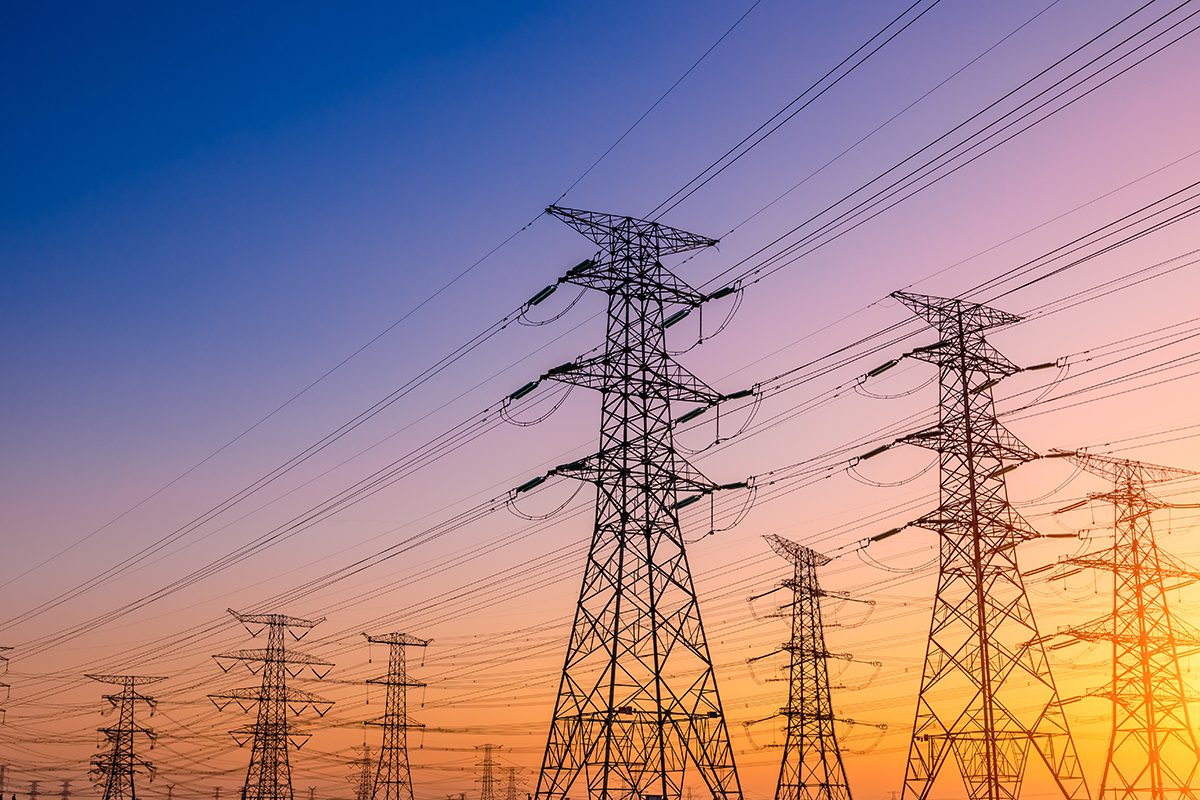ACT NEWS 101 is a series of articles breaking down the basics of clean fuels, transportation technologies, funding programs, and other emerging trends.
Electricity is an intangible fuel that we are increasingly relying on to power our transportation. Where it comes from, how it’s delivered, and where it’s stored matters more and more as our vehicles move towards electrification.
Unlike gasoline, electricity is more or less an invisible and intangible fuel. Questions about sourcing, storing, accessing and handling such a fuel are difficult to formulate. As transportation electrifies, however, industry stakeholders, policymakers and the average consumer have a growing need to get the electricity basics under their belt in order to make sophisticated decisions about its use. In the first installment of this two-part series we will cover what, exactly, is electricity, what are its risks as a fuel?
Electricity 101
Electricity is a form of energy created when electrons—charged particles generated by wind, the hot sun, or combusting fuels—move at the speed of light under high pressure. Unlike gasoline, quantities of electricity are not typically stored on a fueling site, instead they are delivered upon request when two conductive components connect under the right conditions of pressure (voltage), volume (amperage), and resistance (ohms). Once components connect, for instance, when an appliance is plugged into an outlet, electricity generated at a wind turbine or solar panel is transmitted as AC power (alternating current) across wires rated at specific pressures (voltage) to the receiving point, such as a hair dryer, a light bulb, or a cell phone. These requests and responses are made at nearly instantaneous time scales over hundreds of miles of utility cable. To maintain stability on the electric grid, utilities must ensure that generation supply equals customer demand in every location and at every moment of operation. If this relationship does not stay within a given range of balance, blackouts or equipment failures may result. These events are unusual in the US and cost electrical companies and their customers hundreds to thousands of dollars by the hour.
To maintain stability on the electric grid, utilities must ensure that generation supply equals customer demand in every location and at every moment of operation.
A more common outage experience is when we trip a circuit breaker. This happens when too many requests for electricity are placed on a circuit that is too small to safely deliver all of the requested power at once. In this case, a circuit breaker “breaks” the demand signal by shutting off the power, effectively cancelling all requests for electricity. If not for the circuit breaker, then all of that electricity could damage equipment or individuals.
The Electricity EVs Require From the Grid
At a fundamental level, electric vehicles (EVs) interface with the electric grid in the same way as a laptop. Plugging in an EV connects it to the grid to draw electric energy, which is stored in a battery. The battery’s energy is then used when the vehicle turns on and begins to do work. Unlike a laptop, the speed with which energy is required to charge an EV’s battery raises the equipment and energy cost.
EVs may demand a large amount of electricity in a very short period of time in order to meet the longer ranges that drivers often require. If we remember that electricity is delivered according to the pressure, amperage and resistance specifications of the transmitting components (electrical wires, charger nozzle standards, and on-board converters), we can imagine that a fast charge for a large vehicle, like a truck, requires robust charging infrastructure that can safely handle large power requests—particularly in a fleet charging scenario when multiple vehicles need to refuel quickly. Similarly, the amount of energy demanded in a fast charge period tends to drive up the cost of that energy because of the sudden pressure it puts on generating units on the other end of the grid. This is very different from gasoline and diesel procurements, for which per gallon costs may even drop for volume purchases.
EVs may demand a large amount of electricity in a very short period of time in order to meet the longer ranges that drivers often require.
The Supply & Demand Challenges that Come with EVs
The proliferation of these standard, fast, and fleet charging scenarios across major transportation corridors in the US is new territory for utilities, and it introduces supply challenges on a scale that they have never faced before. It also introduces risks that neither the utilities nor their consumers have yet been able to fully assess.
The operations of the electric grid are various and complex. Understanding the basic terms under which electricity is created and obtained from the grid can inform our response to the supply and demand challenges introduced by fleet charging scenarios.
In the second part of this series, we will explore how electricity costs are determined and the challenges and considerations this presents for charging electric vehicles.



